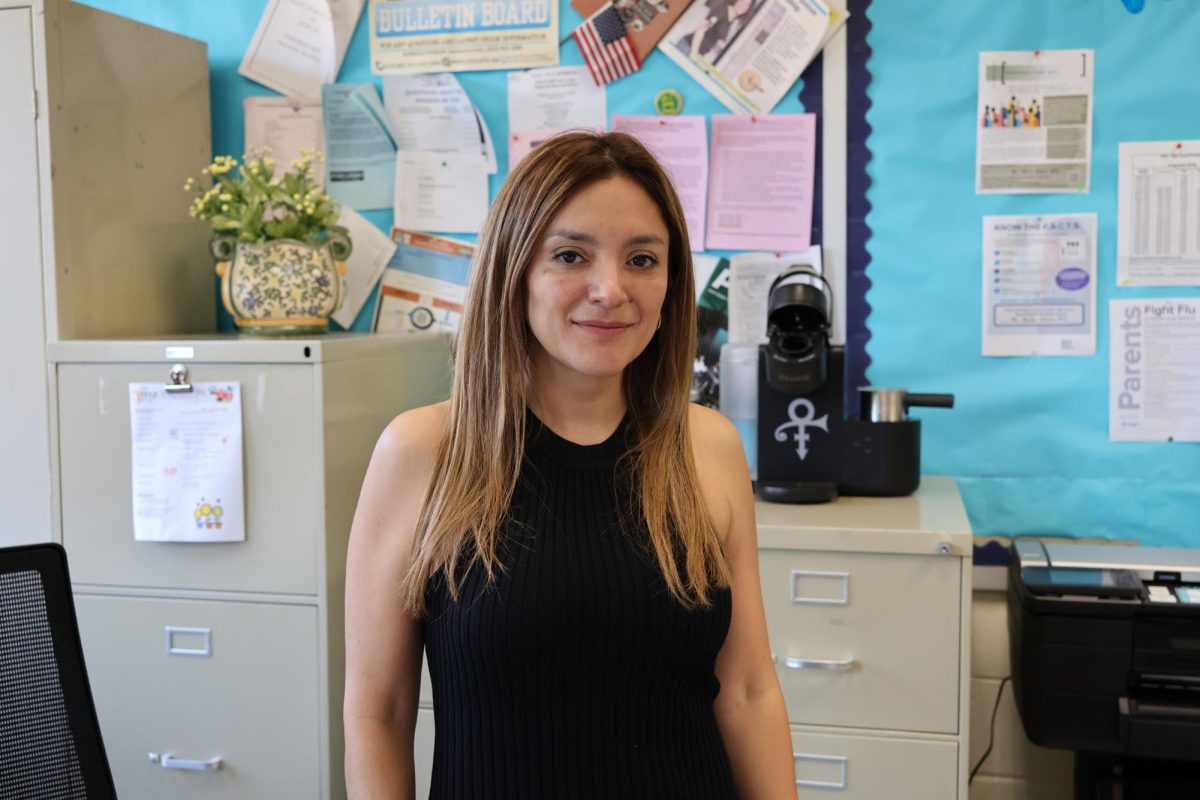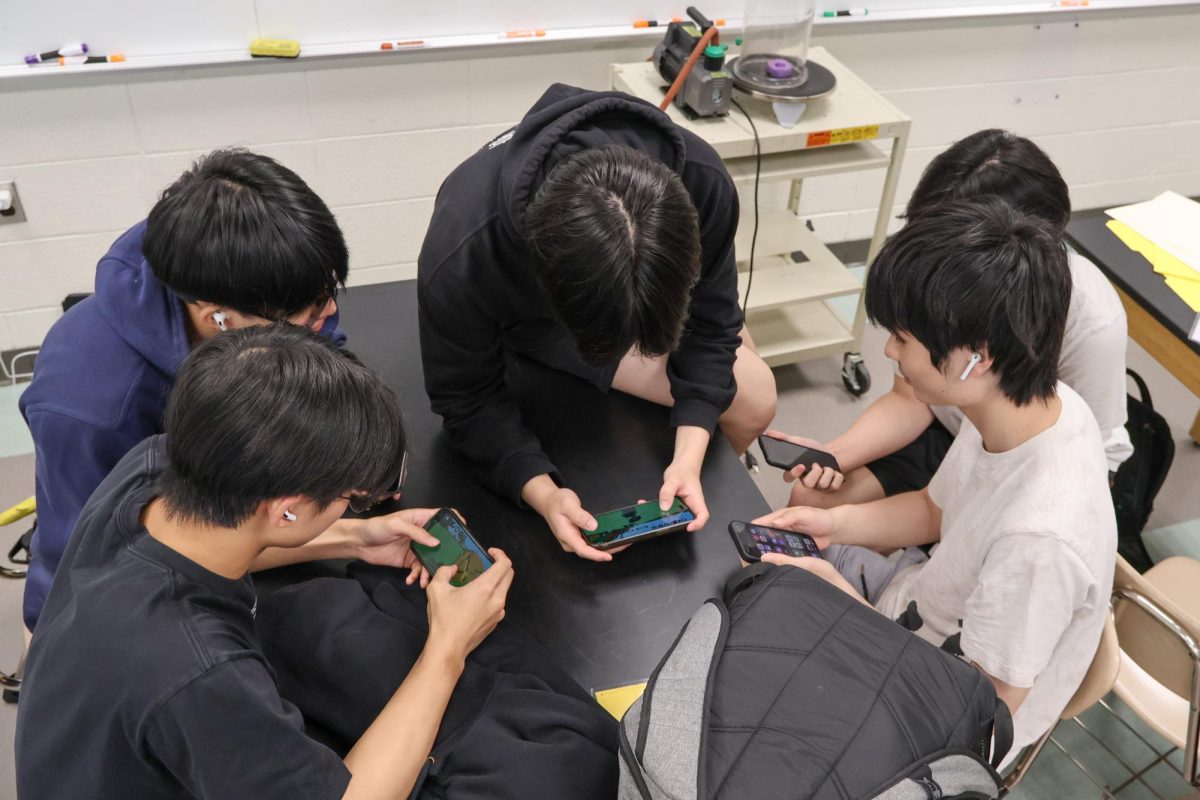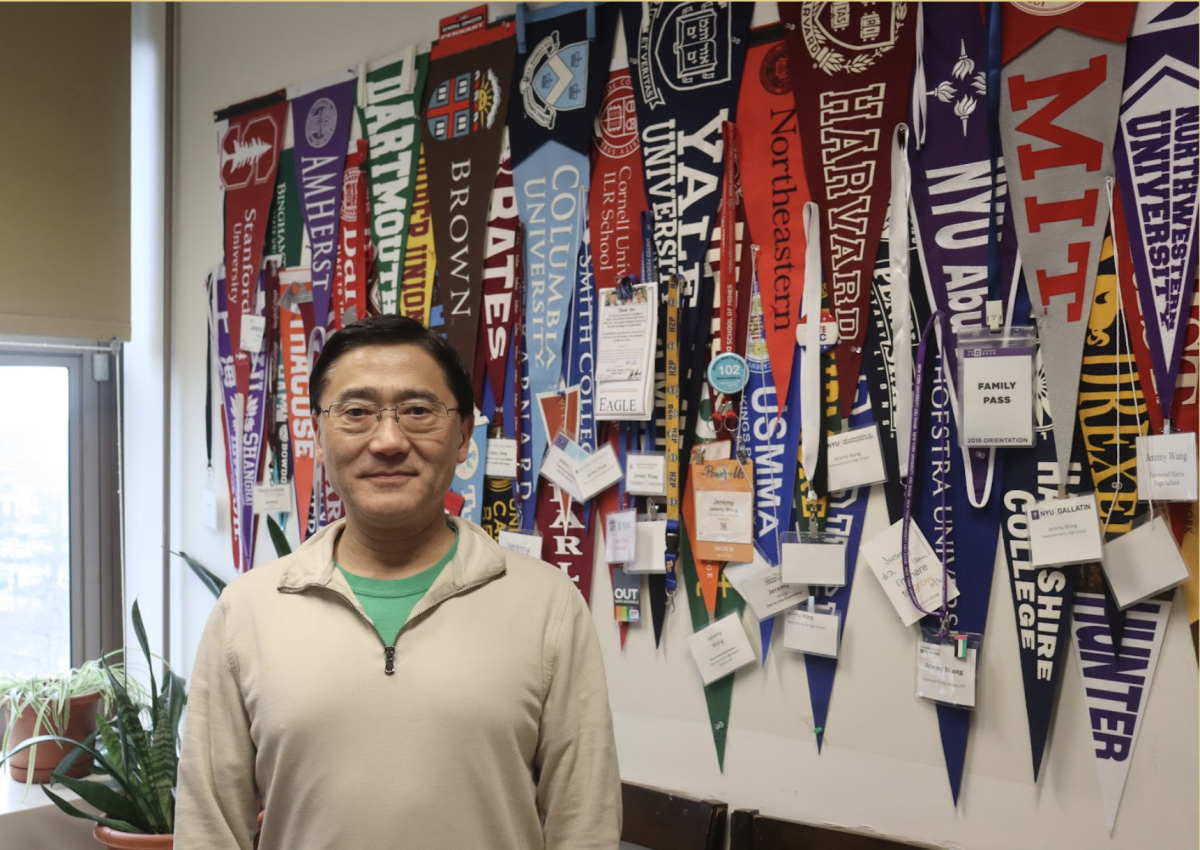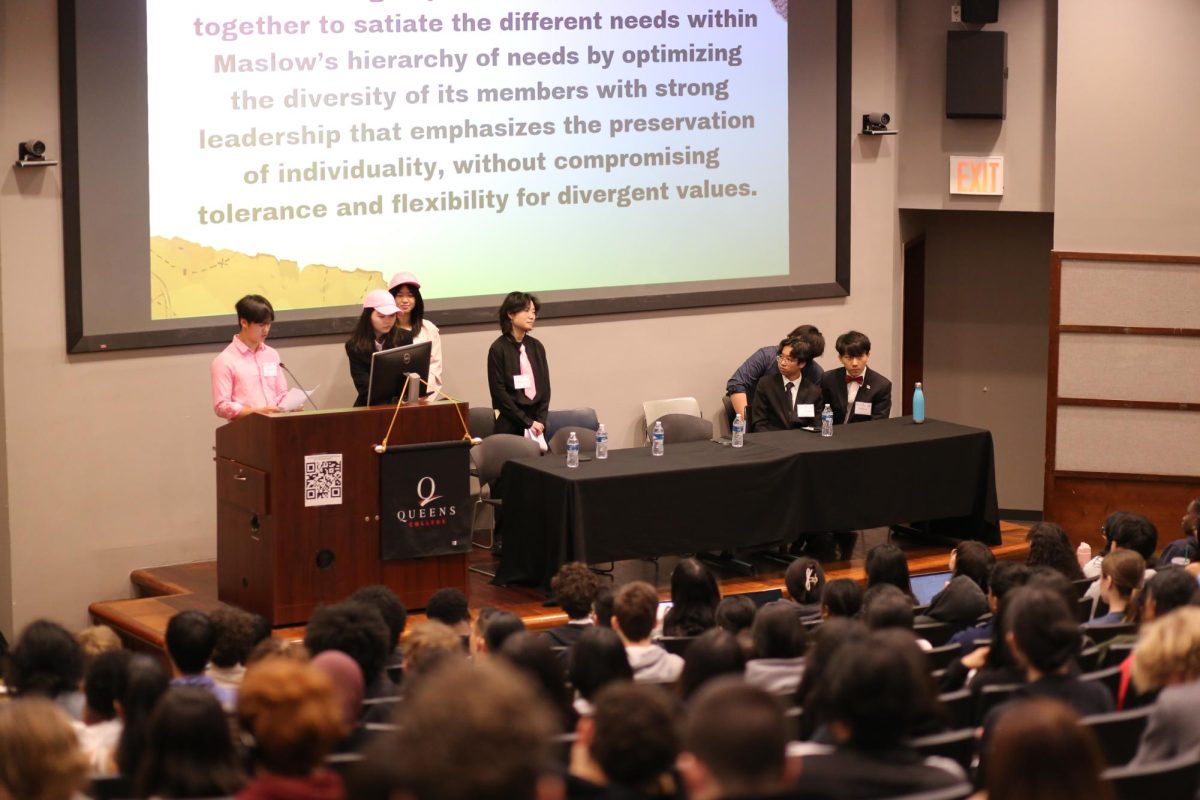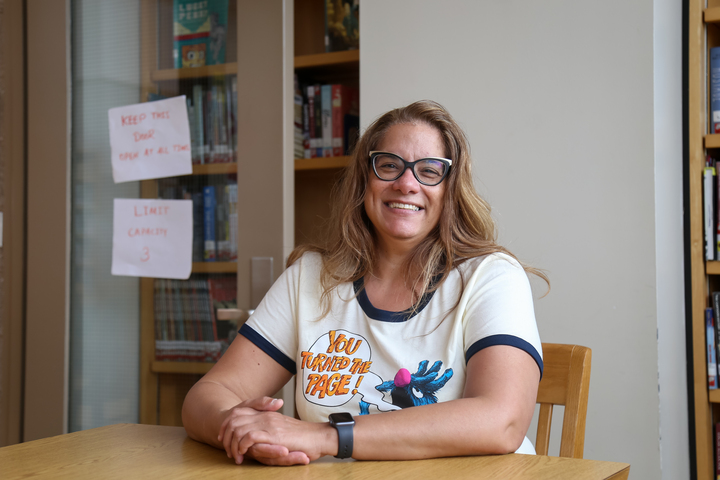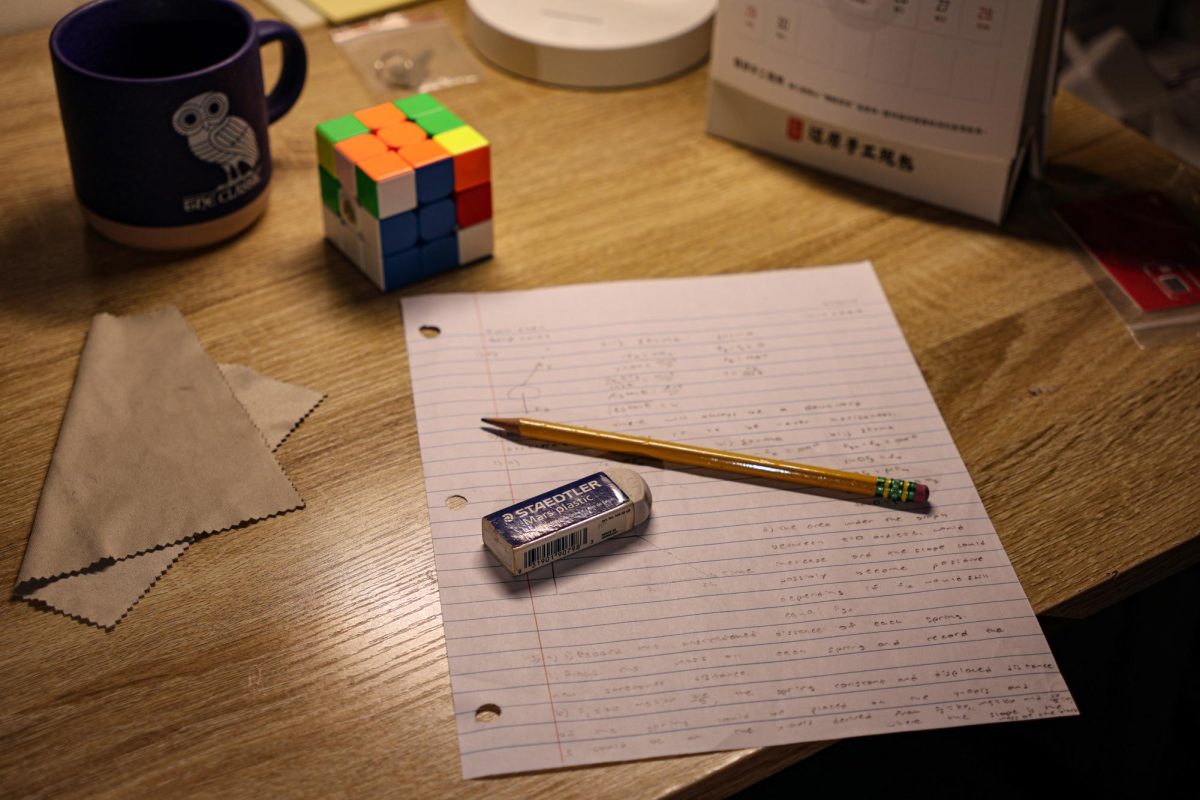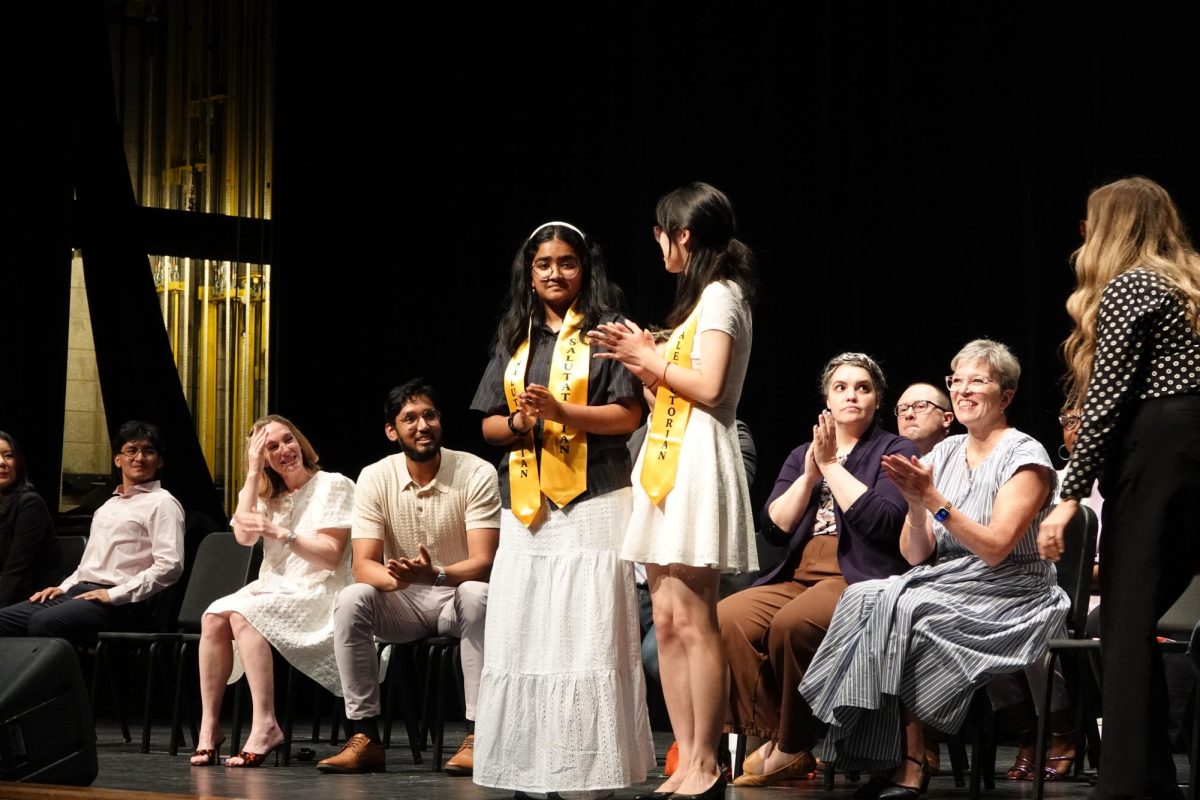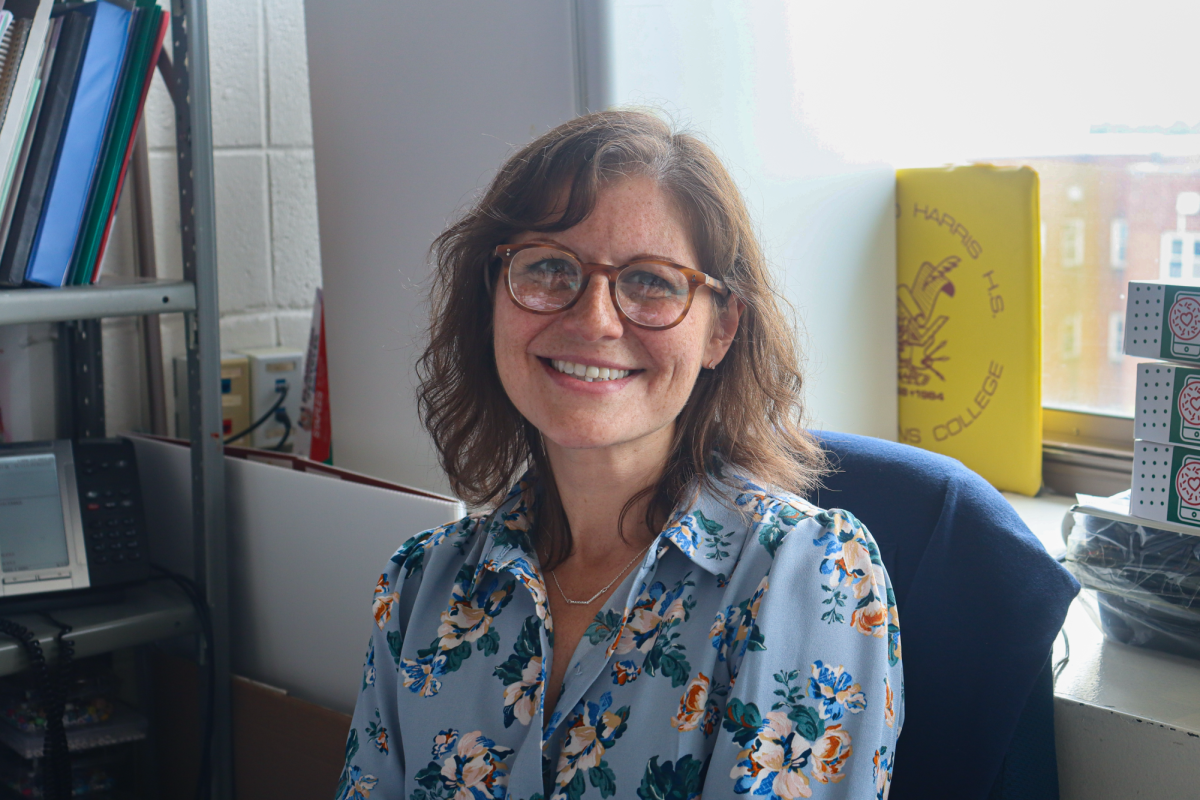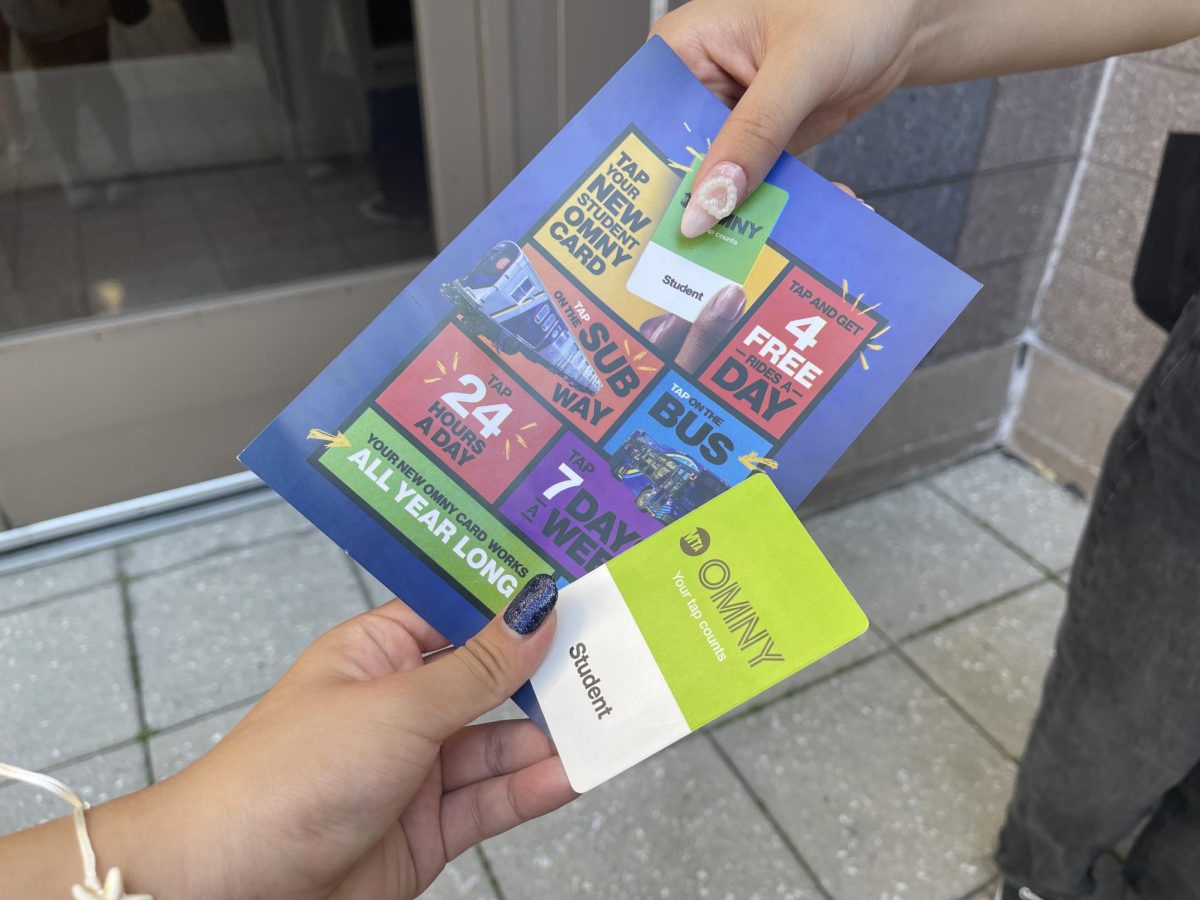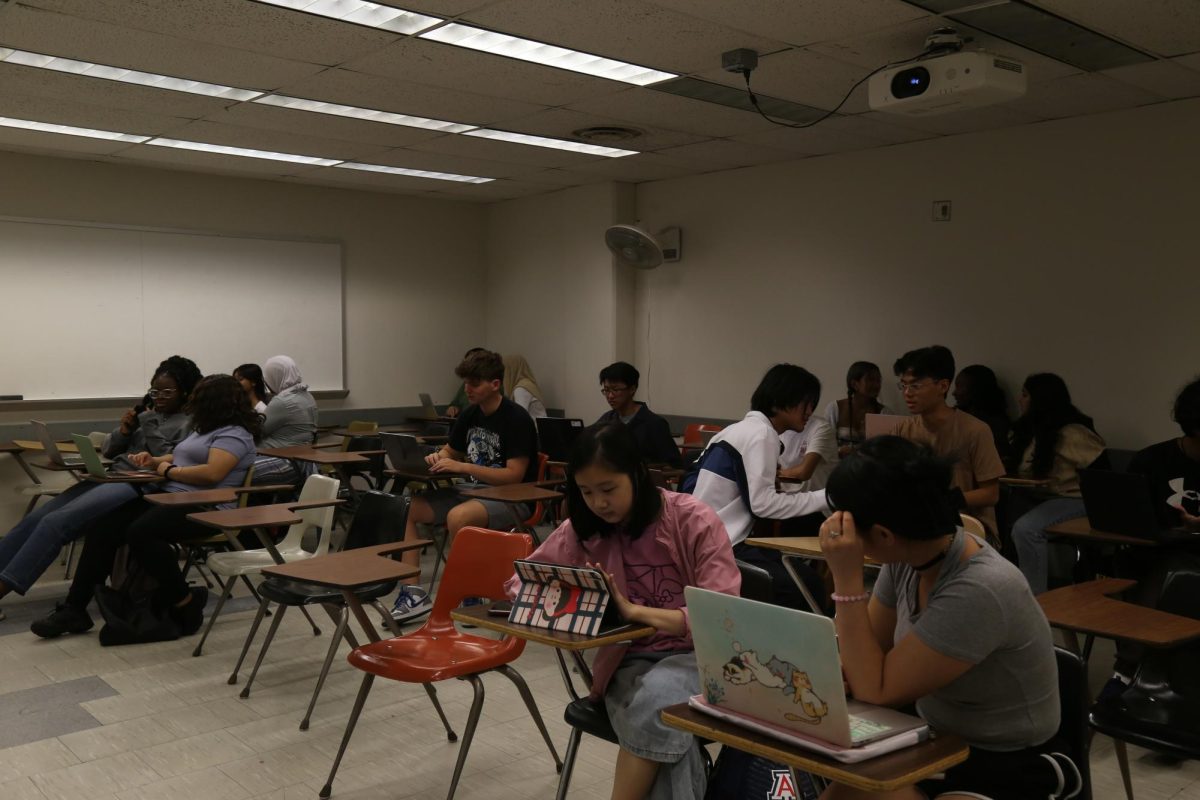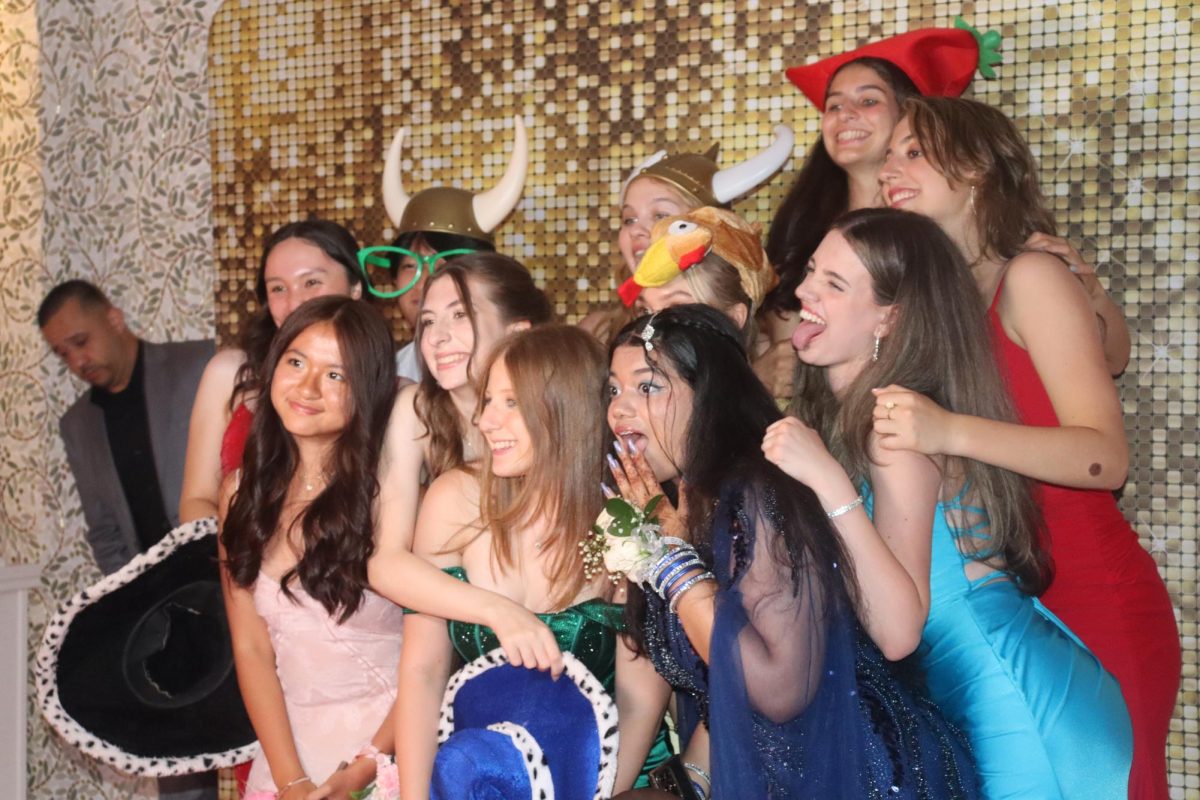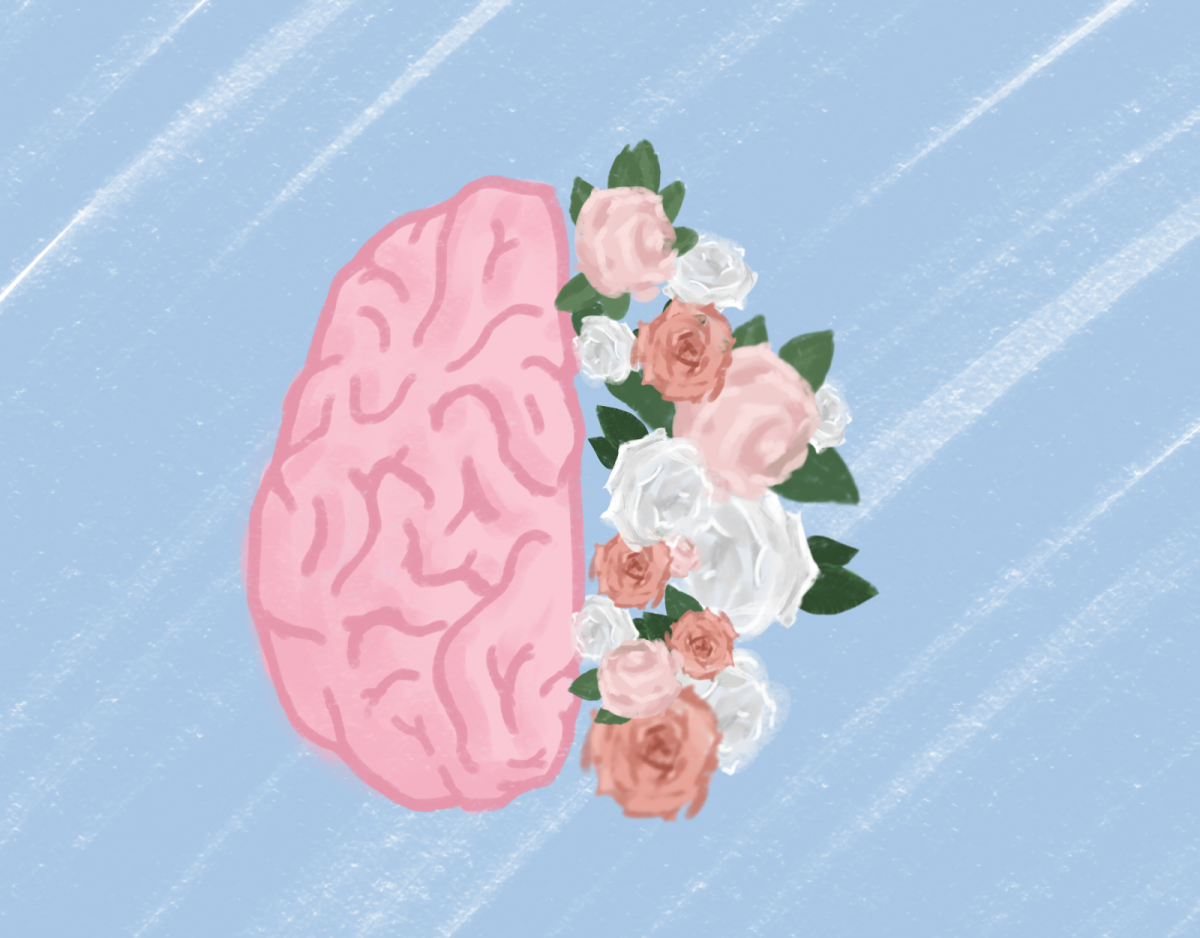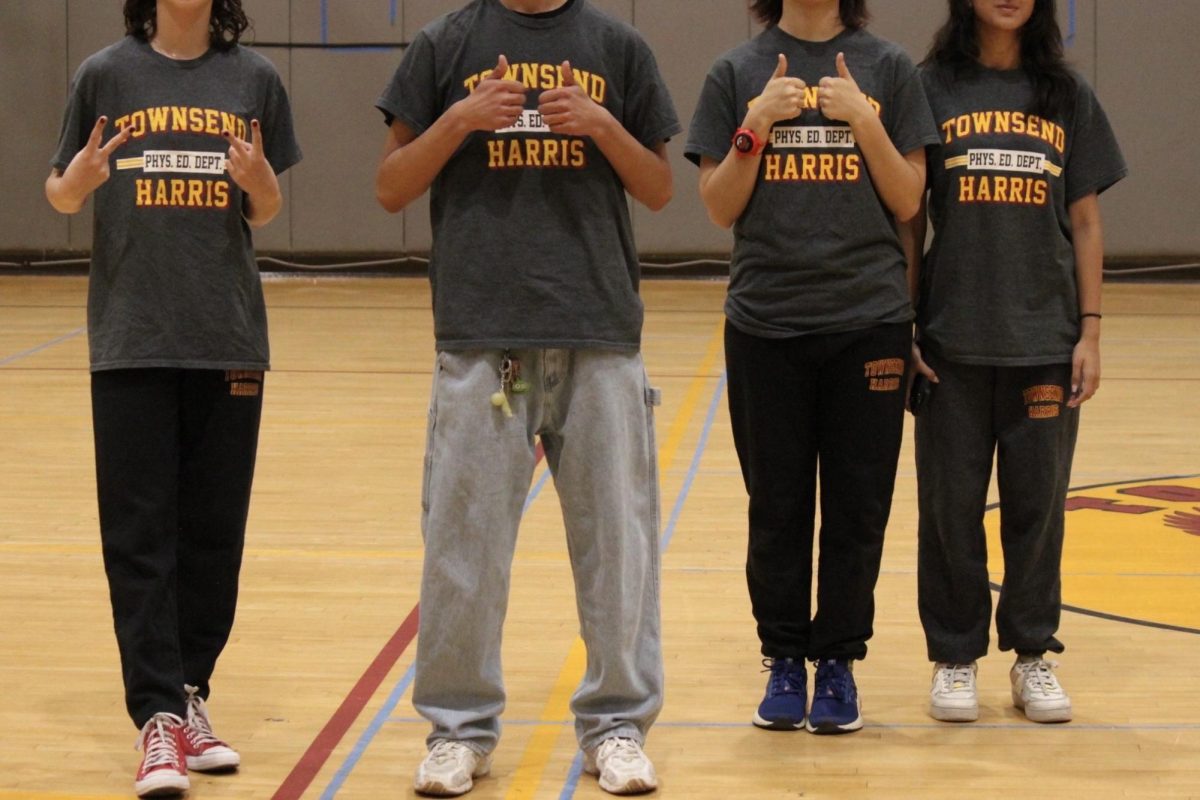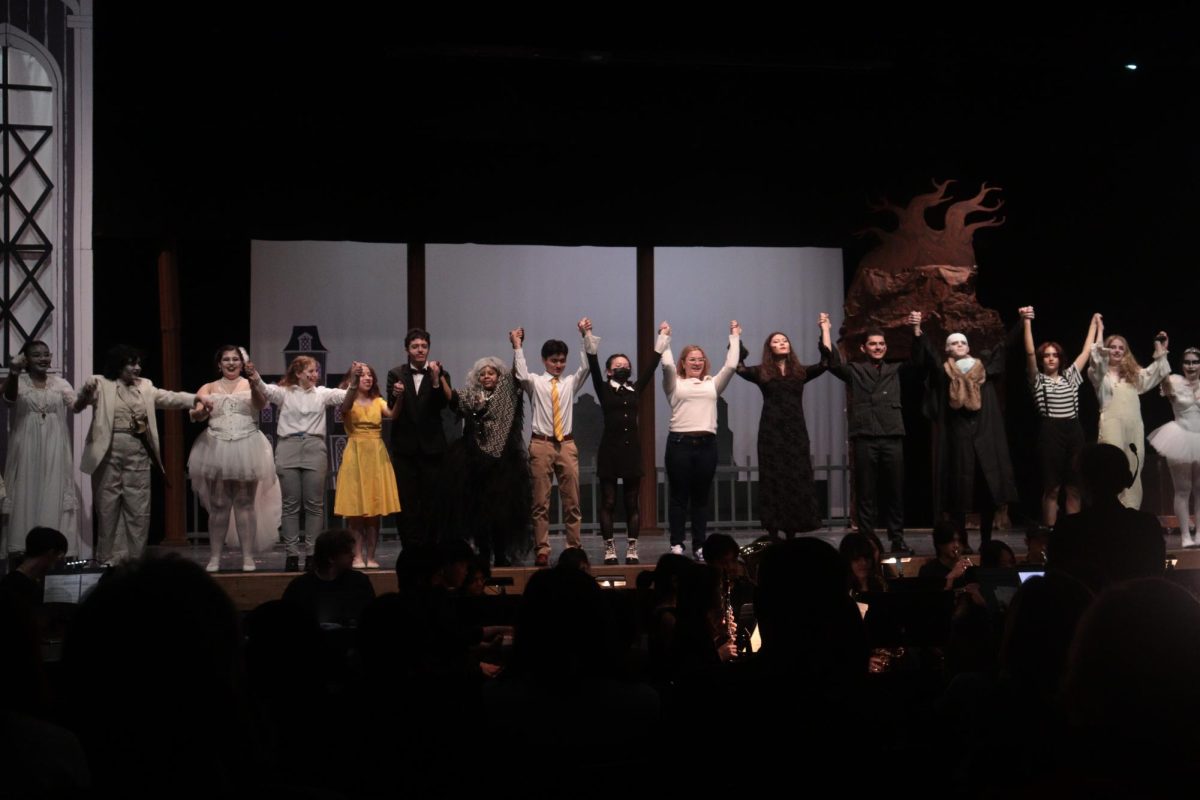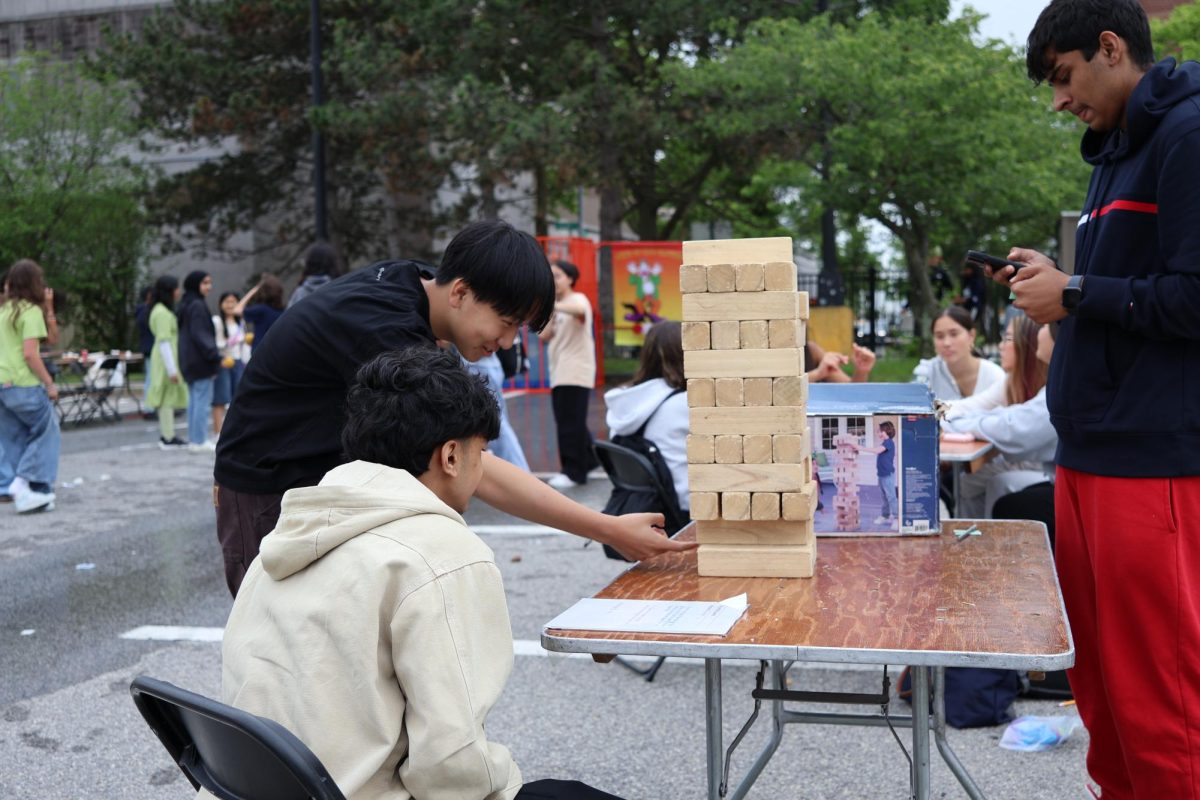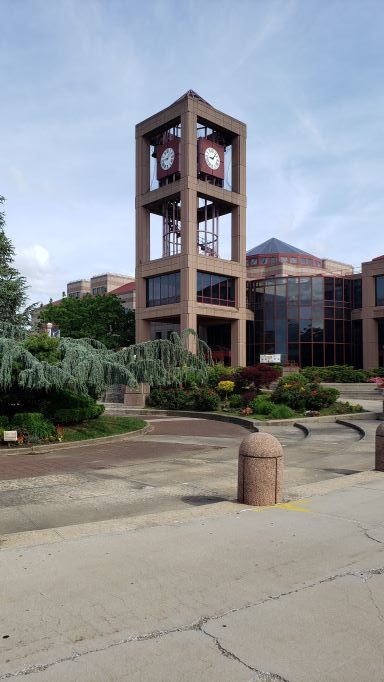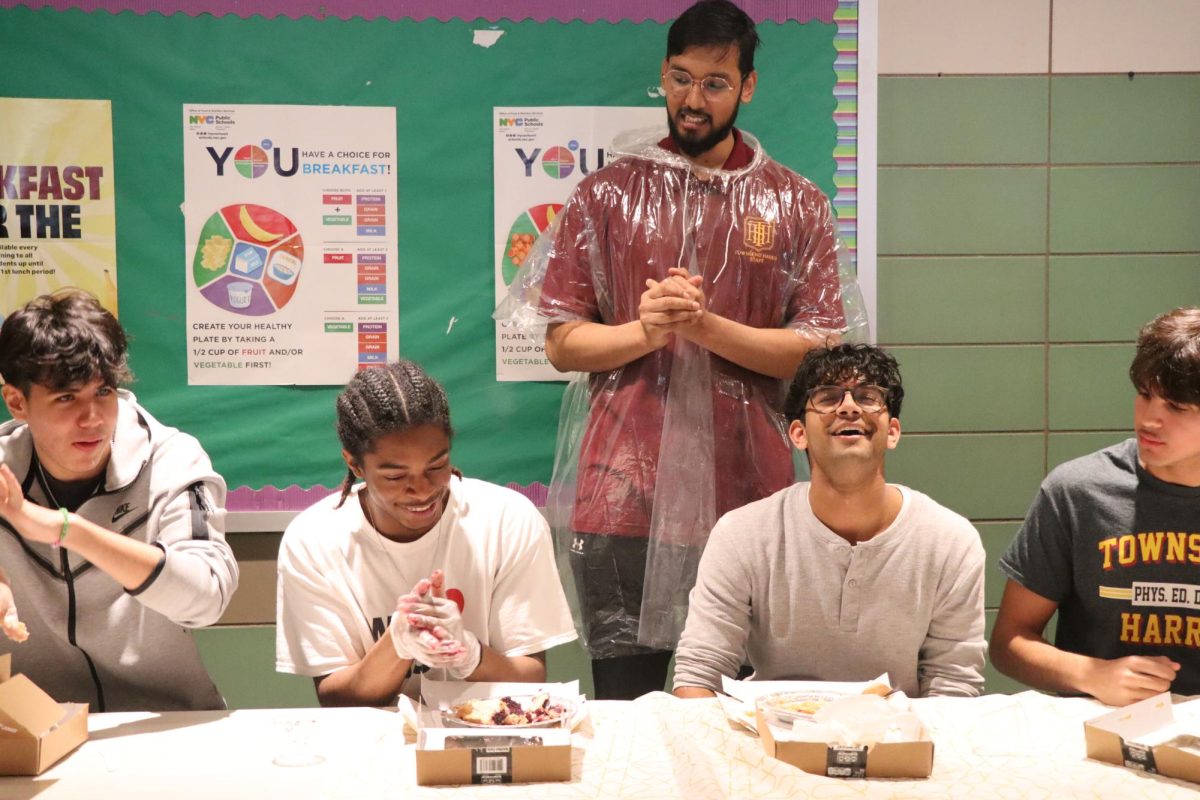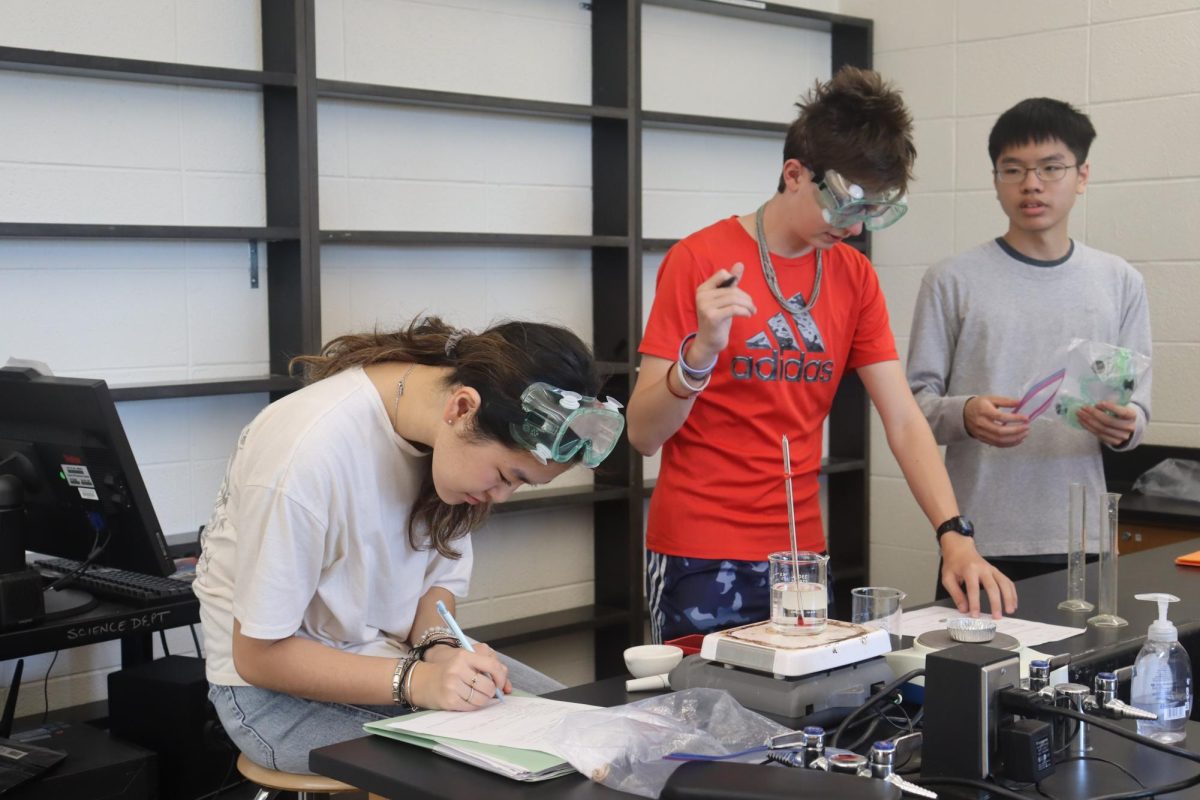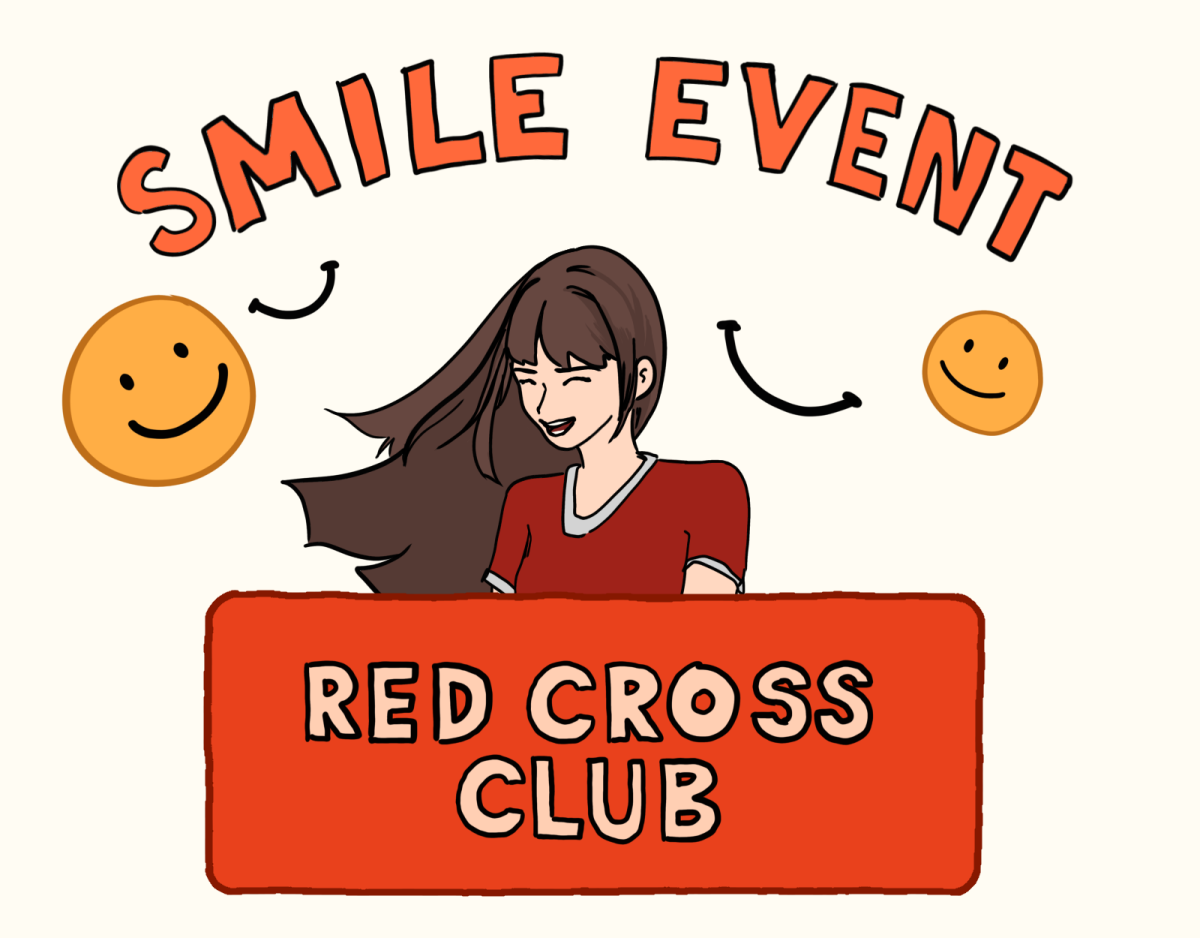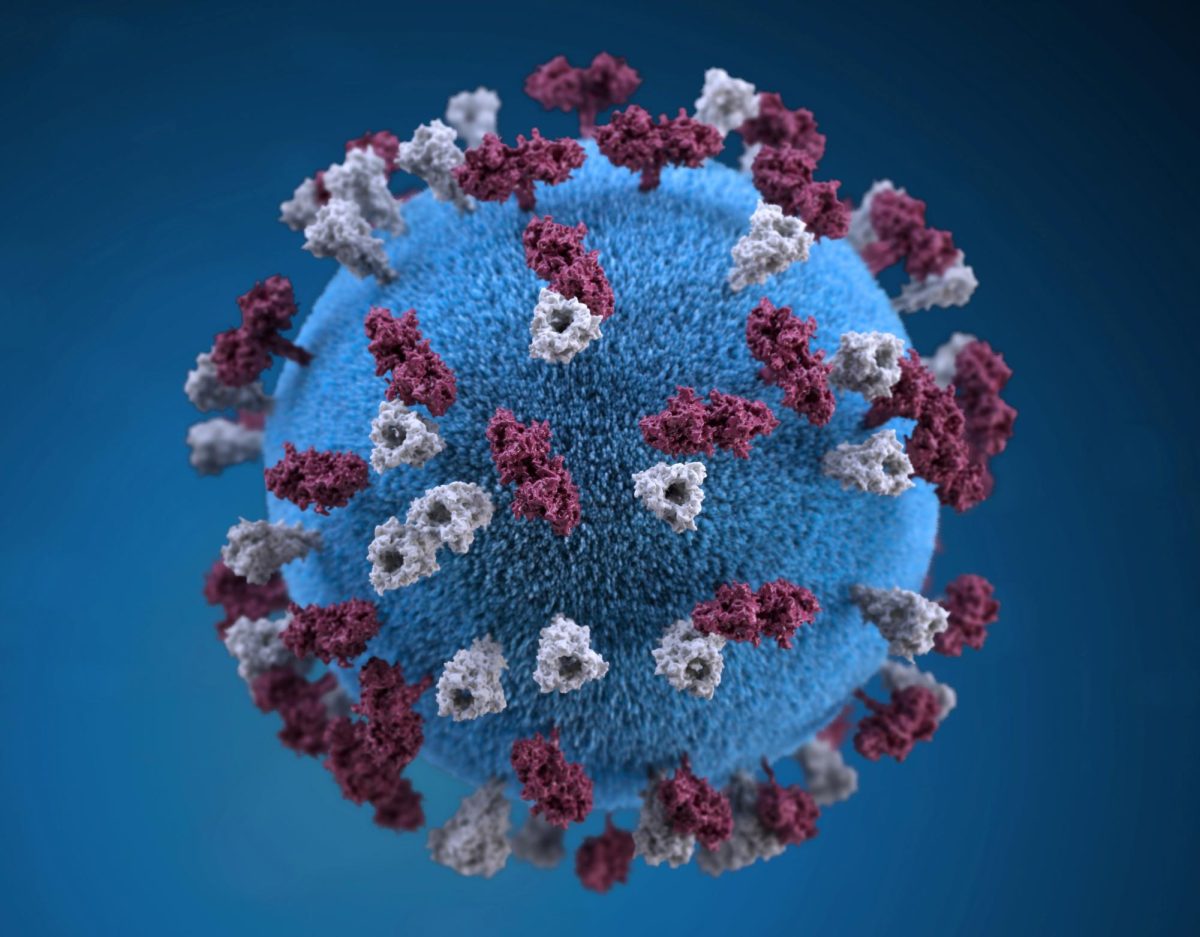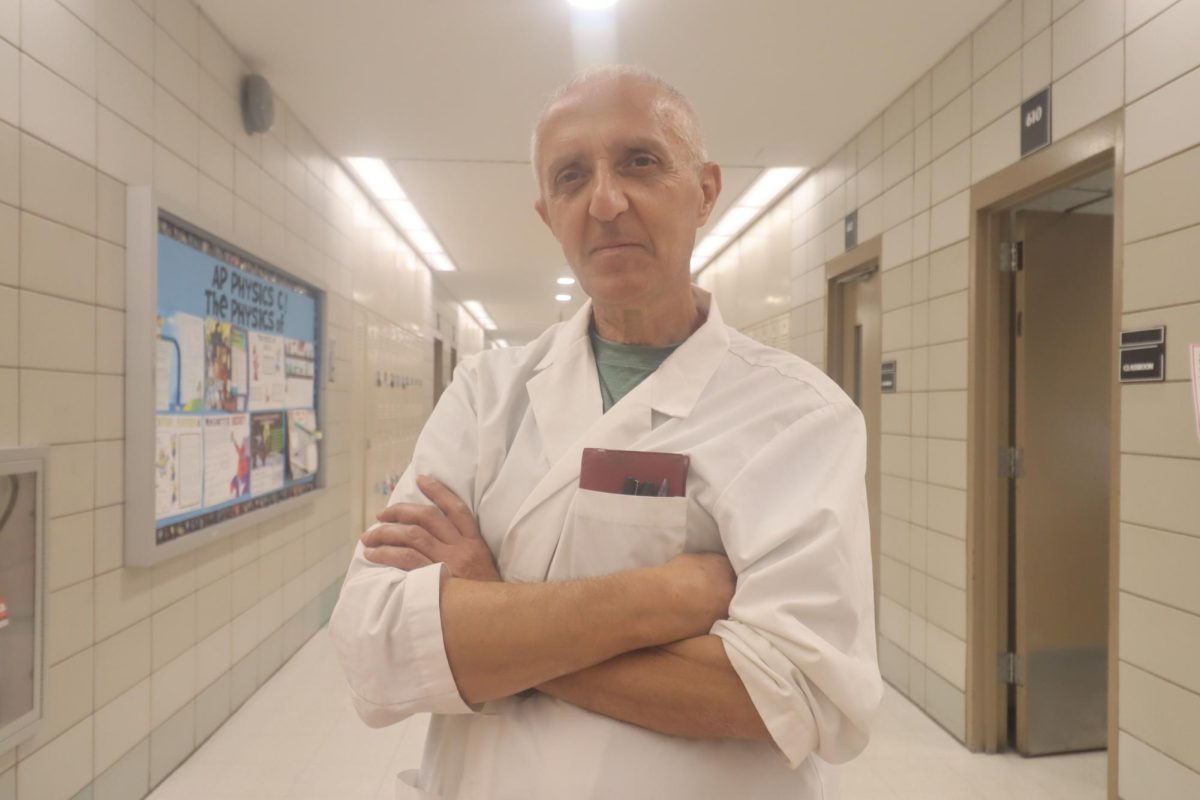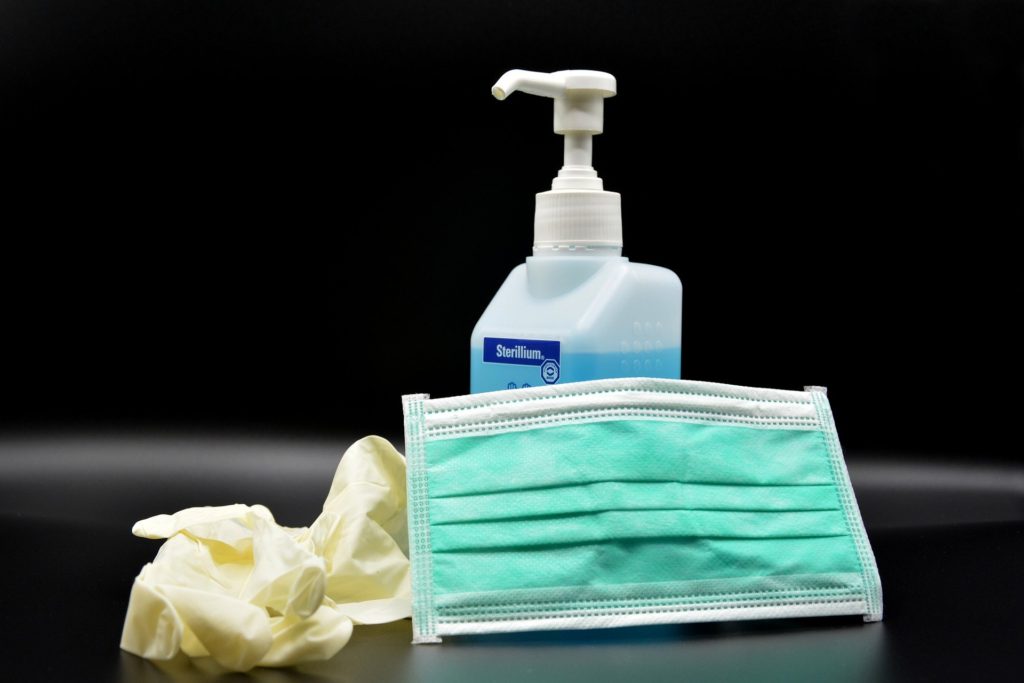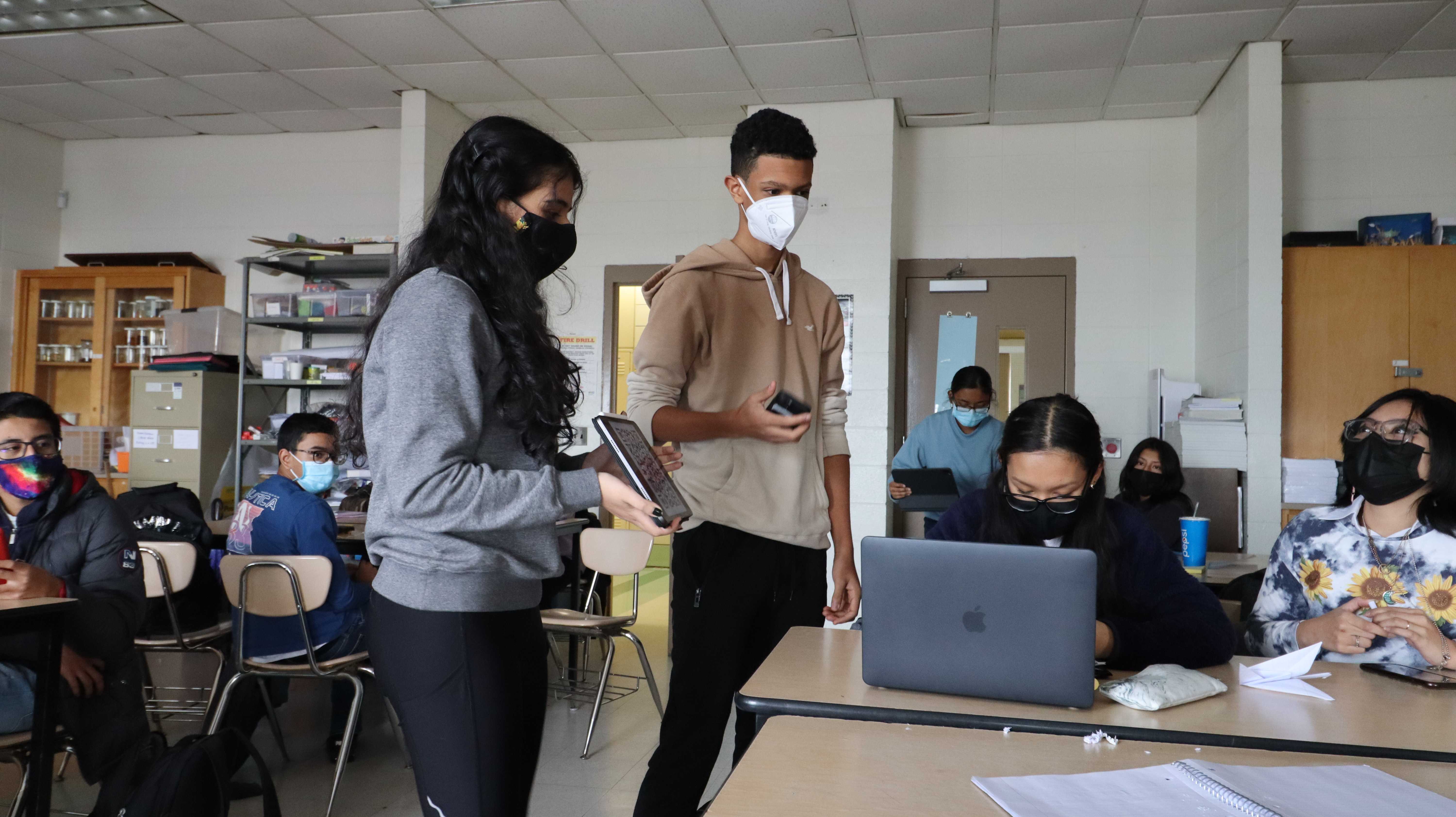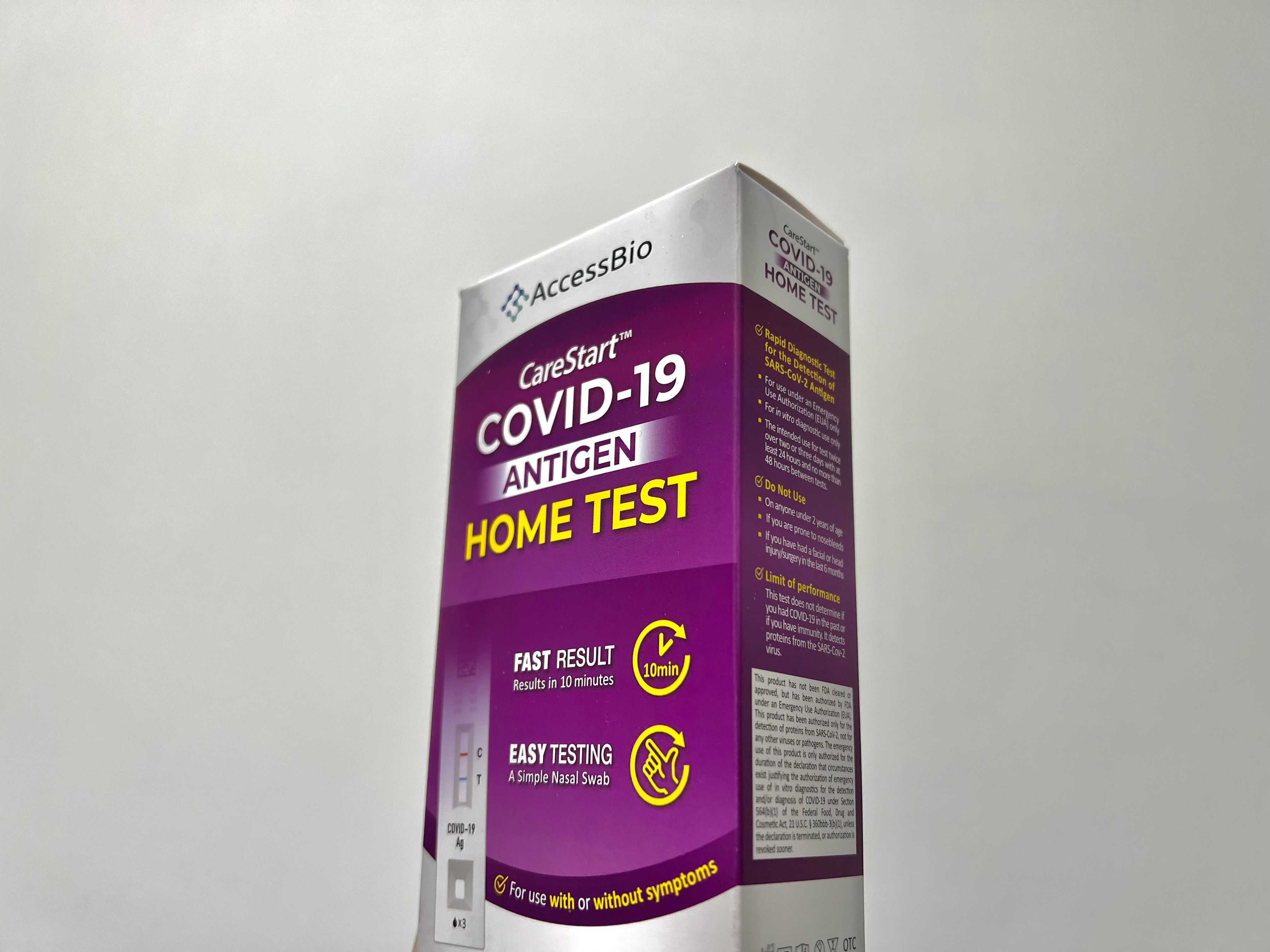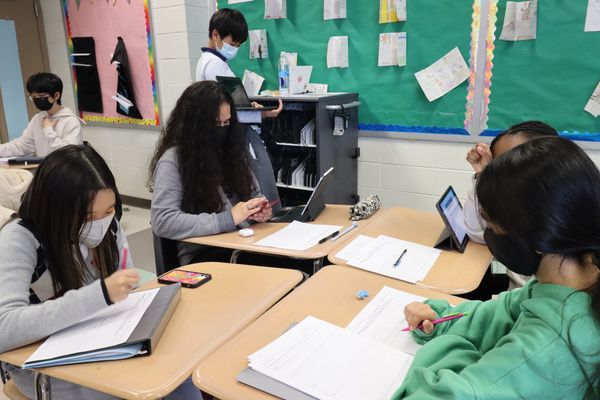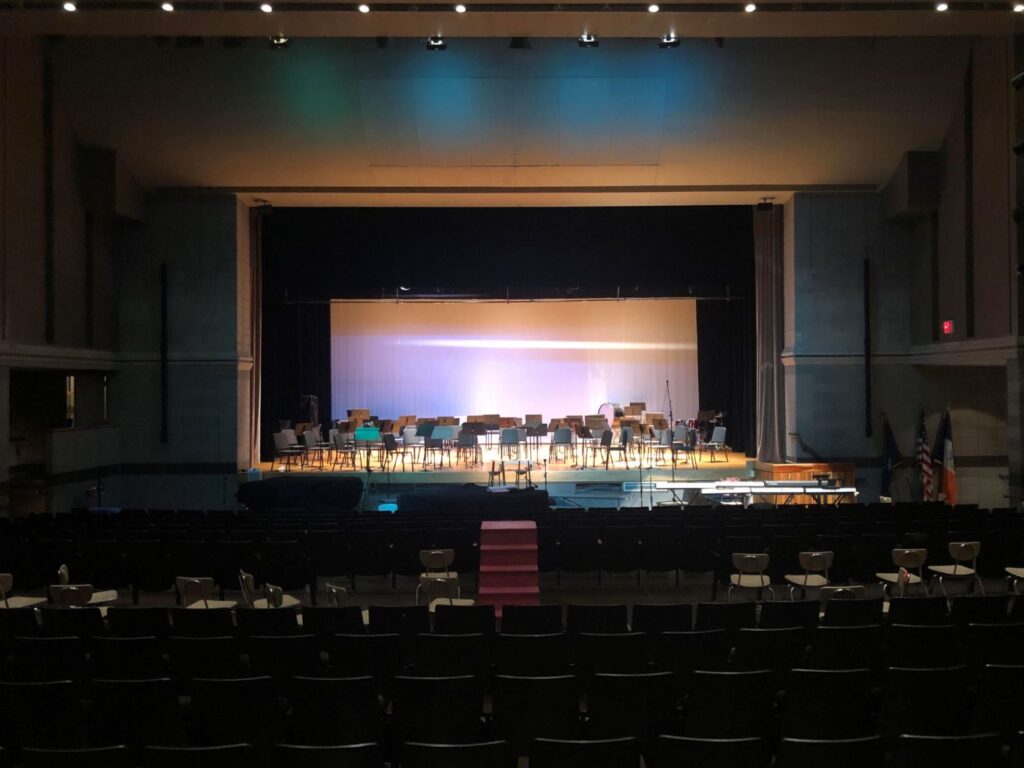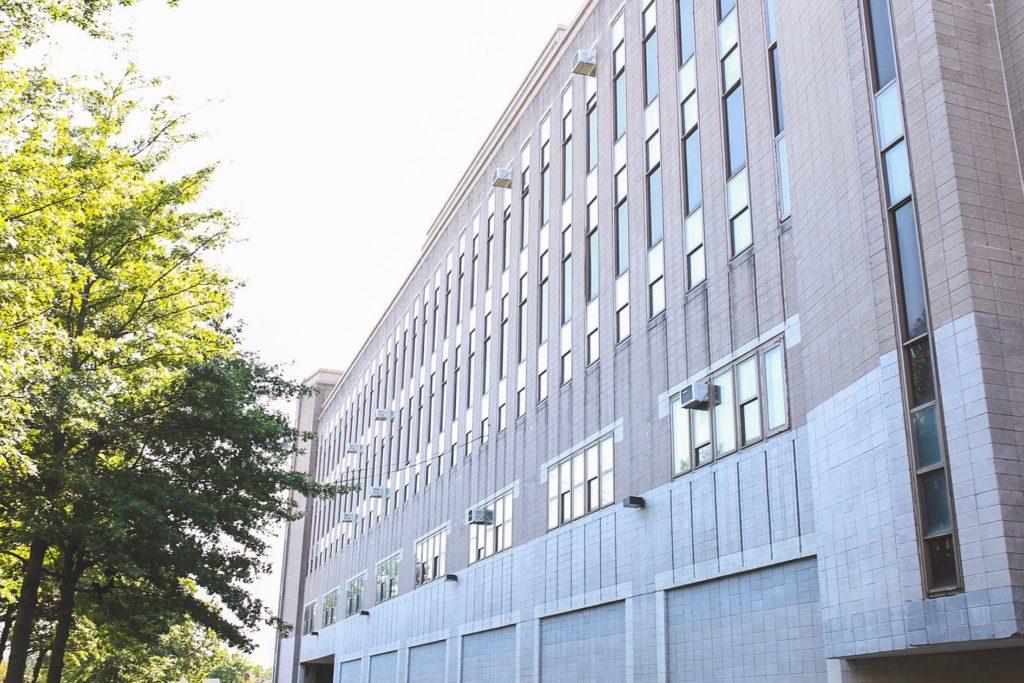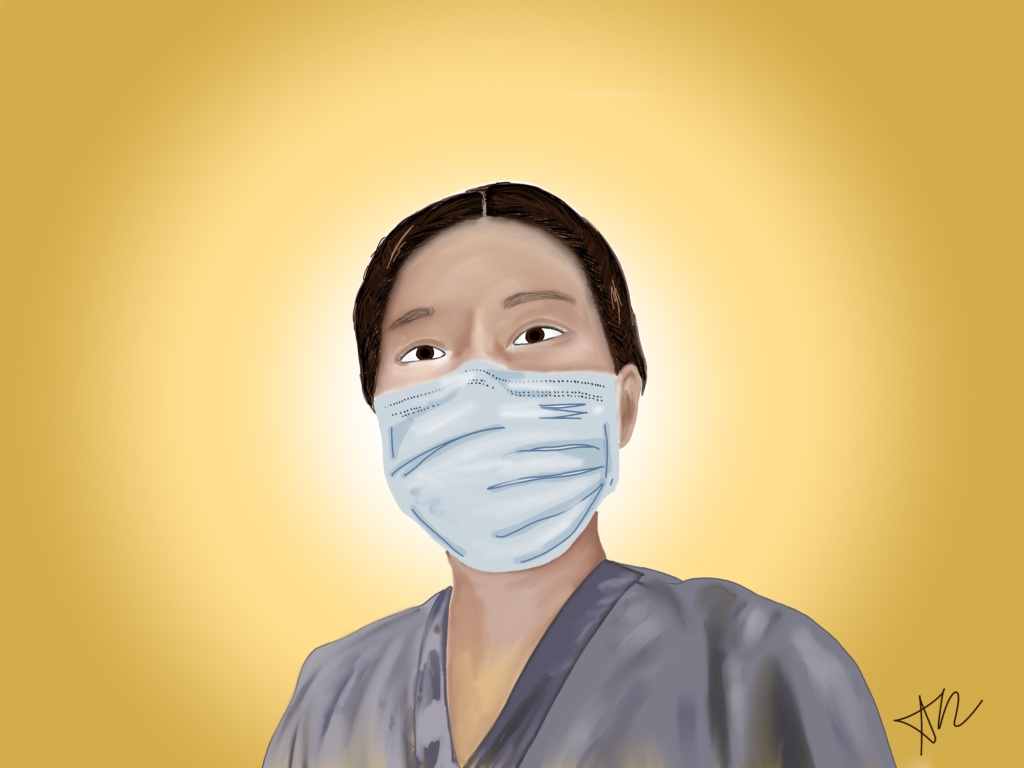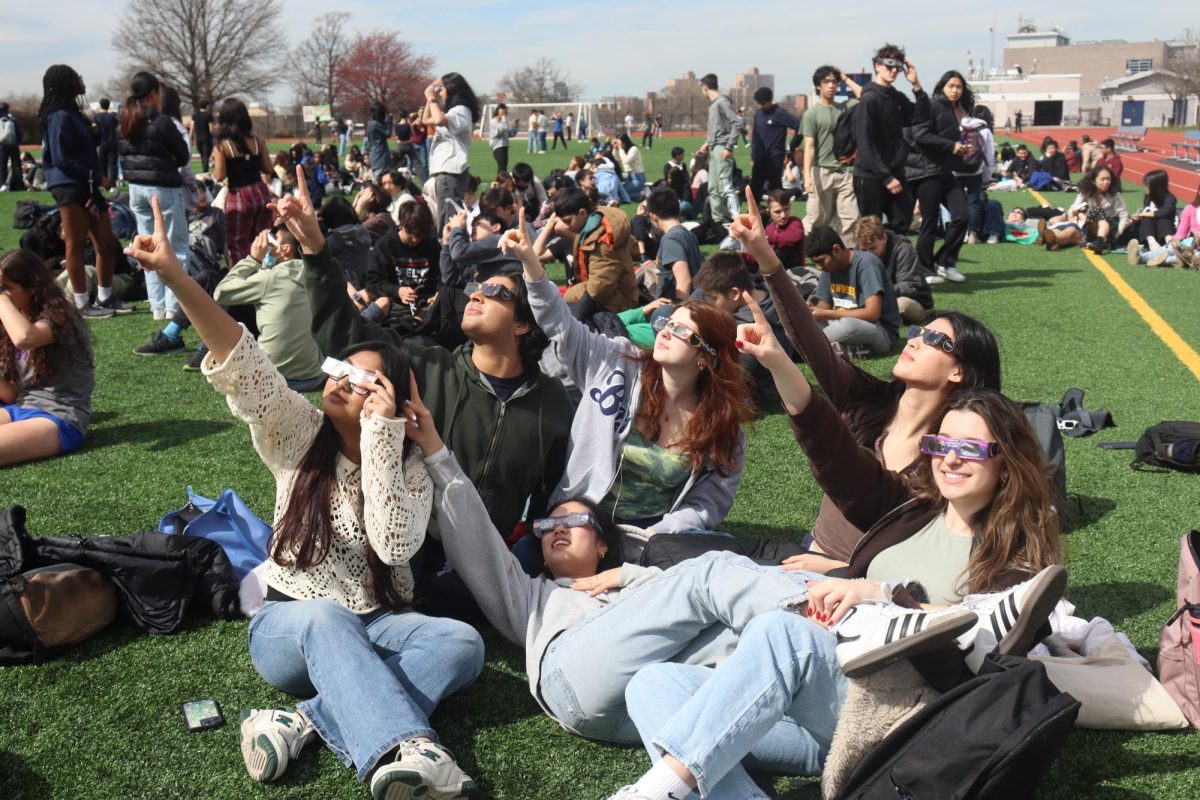
As the world sequesters itself against the coronavirus, social media has been a way of keeping in touch with the rest of the world as articles, pictures, and other posts flood feeds. Now more than ever, everyone is tangled in a convoluted network online where digital personas are a substitution for our physical selves.
In an attempt to become informed, many have instead been misinformed by deceitful content online. The internet is rampant with hoaxes, conspiracies, and ungrounded speculations. Politicians, random people on Twitter, questionable articles, relative and distant connections have been circulating information about coronavirus’ origins, treatment, identification, and whatever else someone online decided to disseminate. “We’re not just fighting an epidemic; we’re fighting an infodemic,” stated the World Health Organization (WHO) Director-General Tedros Adhanom Ghebreyesus at the Munich Security Conference on February 15.
According to the United Nations, WHO defines an infodemic as an excess amount of information that hinders the identification of a solution on an issue. This can impede an adequate public health response that may generate confusion and distrust.
In a White House briefing, President Donald Trump suggested that injecting disinfectant products and ultraviolet radiation are viable treatments to COVID-19. This is false information; subjecting your body to dangerous chemicals is extremely toxic. These products are meant to be used on surfaces, not injected, consumed, or bathed in. According to data from the CDC, during January to March of this year, poison centers have received 45,550 calls tied to cleaners and disinfectants, a 20.4% increase from the number of calls received at this time last year.
Another myth is that the virus was synthetically fabricated as a form of biological warfare or was released because of a careless mistake. These conspiracies are also incorrect. The genetic constitution of the virus is stored in a chain made out of ribonucleic acid (RNA), like many other viruses. Coronaviruses have the largest genomes compared with all other known RNA viruses. SARS-CoV-2, another name for COVID-19, has multiple new nucleotides that haven’t been known before. The receptor binding domain (RBD) of the novel coronavirus, which allows it to infiltrate host cells, is efficiently bound to the human receptor Angiotensin-converting enzyme-2 (ACE2). However, its efficacy is much less than that of SARS, as reported in a paper by the American Society of Microbiology’s Journal of Virology. This fault surely would not have been overlooked by those creating the virus, thus indicating that the virus occurred naturally.
In a Nature paper titled “The proximal origin of SARS-CoV-2,” the authors seek to scientifically explore the origins of the virus. From their research, they have seen no indication that the virus was synthetically created. “The genetic data irrefutably show that SARS-CoV-2 is not derived from any previously used virus backbone. Instead, we propose two scenarios that can plausibly explain the origin of SARS-CoV-2: (i) natural selection in an animal host before zoonotic transfer; and (ii) natural selection in humans following zoonotic transfer,” it read.
ACE2 is also found in bats and pangolins, animals sold in the wet markets of Wuhan. A bat or pangolin with the disease could have transmitted the viral pathogen to an unfortunate human who happened to be exposed to it. After that, the exponential quality of disease and the physical interconnectedness of people led to a global pandemic.
Sophomore Samantha Deng recognized the dangers of sharing false information to the public. “[The misinformation] might encourage people to leave their homes because they think the virus is no longer as serious, they might make people conversely believe that the situation is so dire that they spiral into toxic mental states, they give people fake solutions that cause them to take drastic measures in order to ‘feel like they are protecting themselves’ instead of abiding by CDC guidelines; it’s a whole mess,” she expressed.
Samantha has experienced firsthand the type of fake stories propagating through the internet. “One day, my grandmother called and told us all to eat a hard-boiled egg because she got a text about a story where a baby was born that essentially served as a harbinger by saying ‘there will be a new virus that is even worse than the coronavirus and the only way to not get it is to eat a boiled egg,’ and then that baby died,” she recounted. “ And while people might laugh at it, there are those of us, especially the older generations, who are more susceptible to stories like this.”
Many have also feared the rise of racism towards Asians. Blatant bigotry has led to physical attacks and verbal abuse against people of East Asian appearance. A lot of this has stemmed from how people and politicians have attributed the virus to a nationality, calling it the “Chinese virus” or the “Wuhan virus.”
“The thing is that racism still exists. It’s been made apparent through recent years and this coronavirus (and when Trump called it the ‘Chinese virus’) has just ignited that spark of racism…These hoaxes are really just feeding racism, not really creating it,” said sophomore Tamanna Rahman.
Samantha agreed, saying, “I think there has been a general rise in anti-Asian sentiments, especially considering the fact that our president seems to be perpetuating them.”
She went on to explain the ramifications of this and she sees a bleak future for the Asian community. Due to Asian traditions of being passive or “going with the flow,” she fears how Asians will respond to the escalating hate. “We are taught to keep our heads down and our teeth clenched instead of being loud and demanding our rights. This can be good and bad, but it also means that a lot of times we get stepped on as a society,” she stated. “We already see that these sentiments have given rise to more crimes against Asians, and oftentimes I am warned to avoid certain places or certain people, forced to listen to stories about young children being stabbed just because they are Asian, or even stories where people harrassed/attacked an Asian in front of laughing bystanders.”
As a user of technology and a member of society, one must learn to take information fed to us with a grain of salt.“Generally people should be relying on reputable and knowledgeable sources like the CDC and WHO,” said Tamanna. “Look at different sites, corroborate at least one or two. If you see a post on social media, please, at least do a quick google search first,” Samantha advised.

